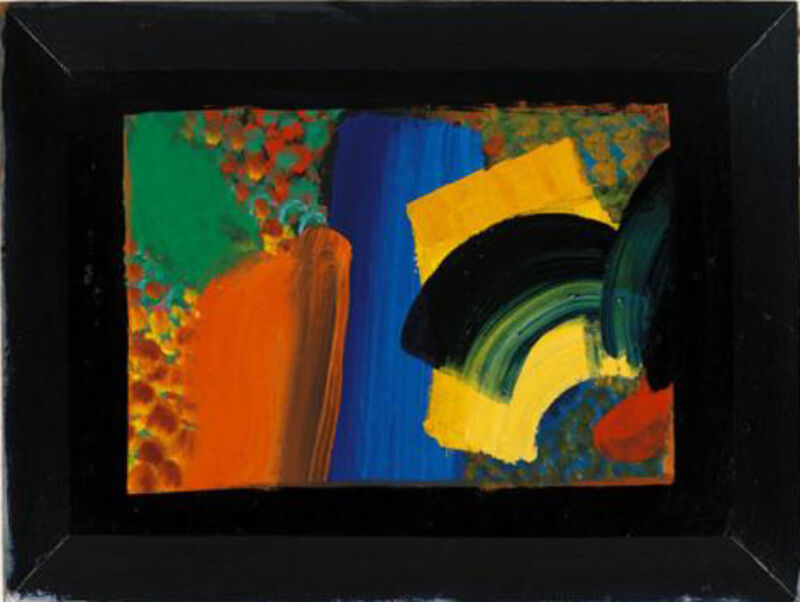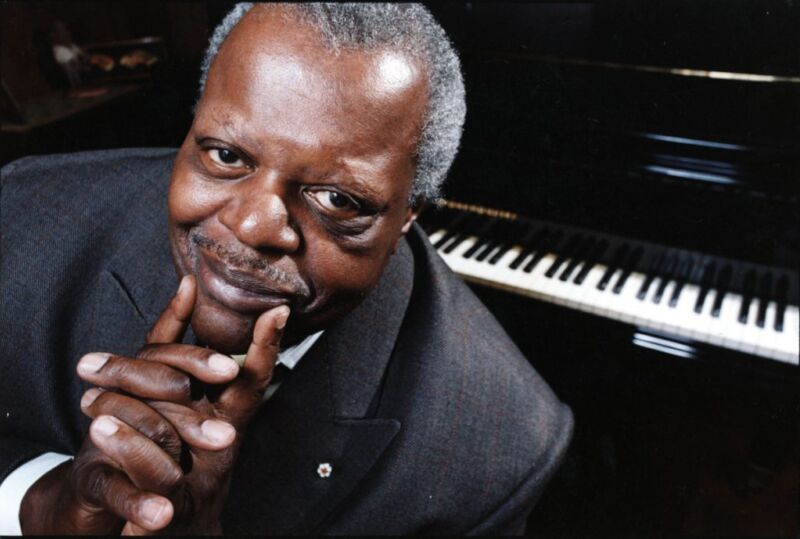More Challenging
A list

C.P.E.Bach ~ Solfeggietto in C minor (A4) is in every sense a toccata, when played like this:
Dinara Klinton (ABRSM Grade 6 recordings) shows the importance of poise in the phrasing as well as the interest that tastefully chosen terraced dynamics can make. It's the kind of piece that really does benefit from being known and played from memory.
Virtuosic playing is there to be admired, applauded, and in which the performer can take justifiable pride. No better a piece at grade 6 level to do just that than Burgmüller ~ Velocity (A6) with its scintillating scale runs and finger workout. There's a great sense of spontaneity about Yulia Chaplina's playing (ABRSM Grade 6 recordings).
It's easy to find oneself focusing on the notes and the patterns, rather than taking a step back in the knowledge that all the groundwork has been done, and now it's time to jump in and enjoy the ride!
Haydn ~ Finale: Allegro molto (A9) is challenging from a technical and musical perspective. Whilst scale and arpeggio playing at speed should not pose difficulties at this level, it is the context that requires careful work when practising, so that these joyful moments can occur both musically and fluently within the larger sections of playing. Judging the opening tempo is important so that the triplet semiquavers can be played nimbly and with musical poise, not scrambled.
_____________________________
B list

Schumann ~ Einsame Blumen (B13). Surely not that much of a challenge? I guess it depends on what musical effect you are after. It is all too easy to end up with a plodding two beats in a bar sounding rather ordinary, something which belies the true beauty of the piece. Along this unremitting path of life are two souls (lonely flowers, as Schumann describes them), intertwining with one another as the passage of time progresses, never far apart. Perhaps it's the longing for all of this which led to Schumann's particular title.
Clara Haskil seems to capture the beautiful simplicity of this piece:
_____________________________
C list

Oscar Peterson ~ Jazz Exercise No. 2 (C3). This shouldn't be too slow. There seems to be a buzz to it when the tempo is fairly upbeat and, if not, the music never really gets going. What was presumably an editorial decision to peg the metronome mark to 120 crotchet beats per minute was possibly taken with Grade 6 in mind. Did Oscar ever need to do his grade 6?! It's a good exercise in playing at least a little bit like Oscar Peterson might have played but, in our humble opinion, it's a piece probably best left to a talented youngster who has got a good sense of swing feel and the fingers to get around it at speed.
_____________________________
